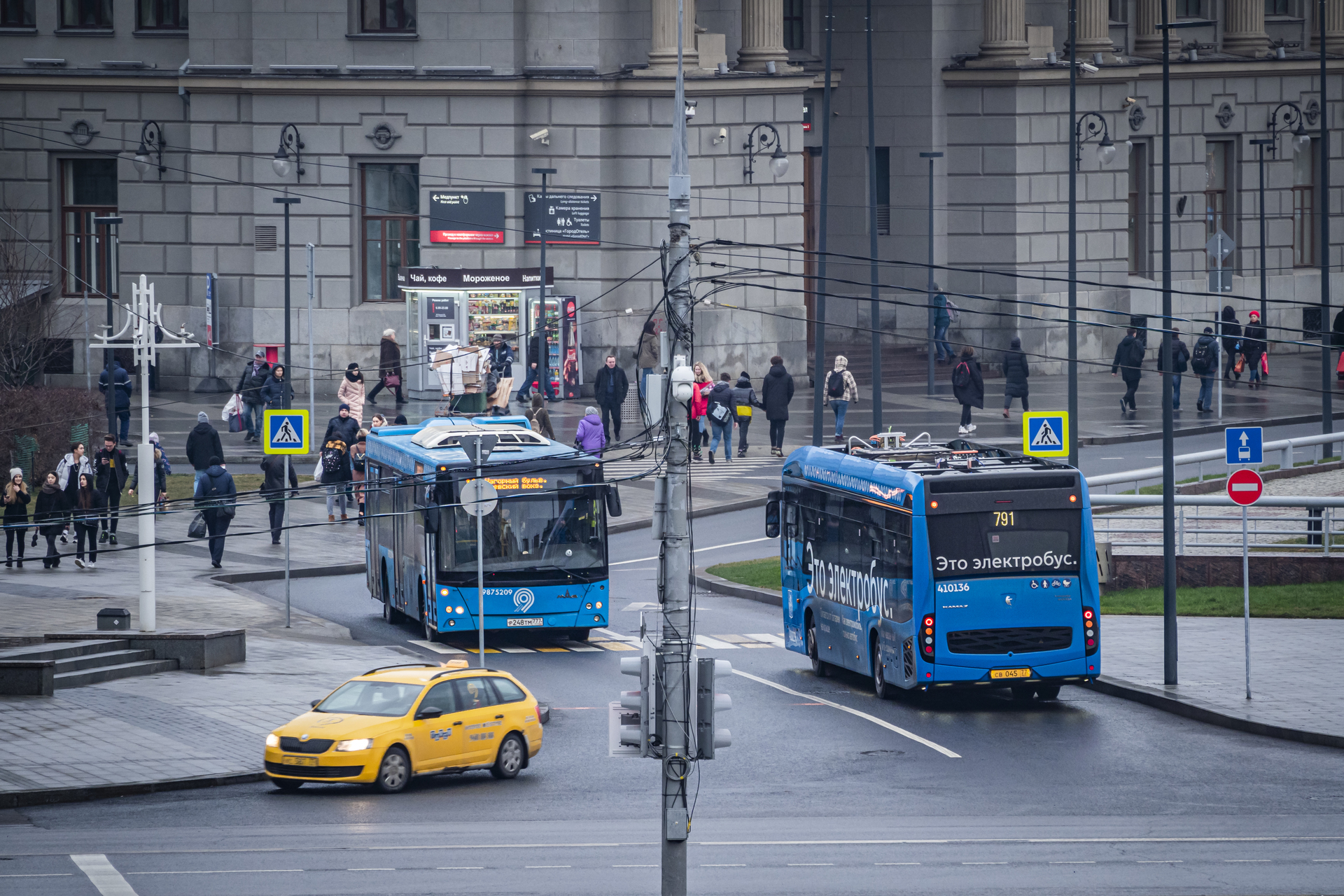The transport strategy of the Russian Federation until 2035 does not imply any restrictions on personal cars.
This was reported in the press service of the Ministry of Transport of the country.
“The measures of the strategy are aimed at increasing the mobility and quality of life of citizens, the consistent development of all types of transport,” the text of the message from RIA Novosti quotes.
At the same time, the ministry paid special attention to the fact that the transport strategy is a framework document that determines long-term plans.
It does not talk about the introduction of any specific restrictions.
It is noted that improving the environmental friendliness of the transport complex is one of the most important directions of the transport strategy.
So, the number of rolling stock with a higher ecological class should increase, but this will happen due to the natural disposal of old cars.
“Also among the key objectives of the strategy is to reverse the trend towards a decline in the share of public transport in the passenger traffic of cities.
The development of public transport is one of the most important tools for improving the quality of the urban environment, in connection with which the strategy envisages a more intensive development of the share of public transport in passenger traffic, ”the press service of the Ministry of Transport emphasized.
globallookpress.com
© Konstantin Kokoshkin
Earlier in the newspaper "Kommersant" reported that the transport strategy until 2035 provides for "no alternative" limiting the use of private cars to reduce emissions.
It is noted that 61% of emissions from transport are accounted for by cars, and to reduce the negative impact of cars on the environment, it is necessary that the owners of personal vehicles "move" to public transport.
On November 26, Russian Prime Minister Mikhail Mishustin announced that the government had adopted a transport strategy until 2030 with a forecast for the period until 2035.
He noted that the document fully takes into account all the tasks set by the president to accelerate the country's socio-economic development and achieve national goals.
“The priority of the state is to improve the quality of life of citizens.
To this end, we will actively develop urban and suburban passenger transport so that people spend as little time as possible on the way home or to work, and travel is comfortable and safe, ”said the head of the Cabinet.
According to the instructions of the head of state, it is important to ensure high connectivity and transport accessibility of the entire territory of the Russian Federation, including the Arctic zone and the Far East.
“We have laid down in the strategy the appropriate benchmarks for a ten-year period so that the door-to-door road between any two major cities does not exceed 12 hours.
This will also support domestic tourism, ”Mishustin explained.
According to the prime minister, in order to fulfill these tasks, a modern backbone transport network will be formed throughout the country, and the infrastructure and transport fleet will be updated in an accelerated mode, primarily due to domestic models.
“High-speed highways for road and rail transport will be built.
There is also a large-scale renovation of the airfield infrastructure, which will affect over 100 airports.
In addition, we will move on to more active use of inland waterways, ”he concluded.
In turn, Transport Minister Vitaly Savelyev pointed out that the transport strategy was based on the “principle of customer-centricity”, with passengers and cargo owners in the center of attention. In addition, the document takes into account the most important global trends, including decarbonization, green transport, and the transition to new energy sources. He named the development of a single backbone transport network and infrastructure projects, digitalization of the industry as the main directions. According to him, it is also planned to increase the mobility of the population by 80%.
“It is important that we plan to maintain our vision for the long-term development of the industry in accordance with new realities and trends.
The coronavirus pandemic has demonstrated that supply chains and transportation systems must be able to adapt to changing market conditions.
The strategy will be updated on a regular basis, ”the head of the Ministry of Transport said.
As follows from the document itself, the implementation of the transport strategy under the baseline scenario will require more than 23 trillion rubles of budgetary funds and 37 trillion rubles of off-budget funds.
At the same time, the development of the transport industry is divided into three stages: 2021–2024, 2025–2030 and 2031–2035.

